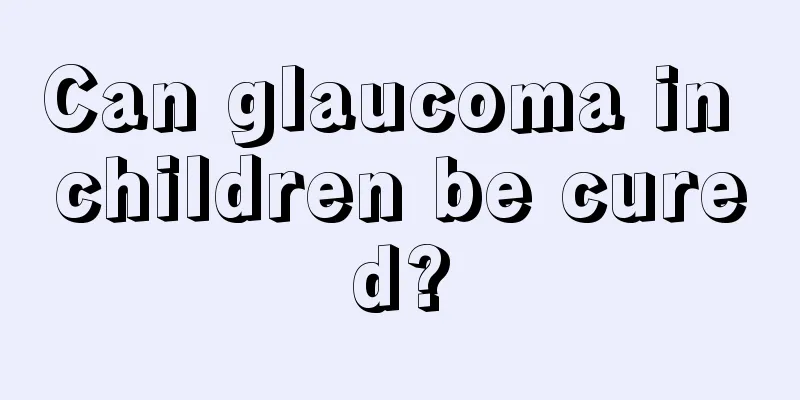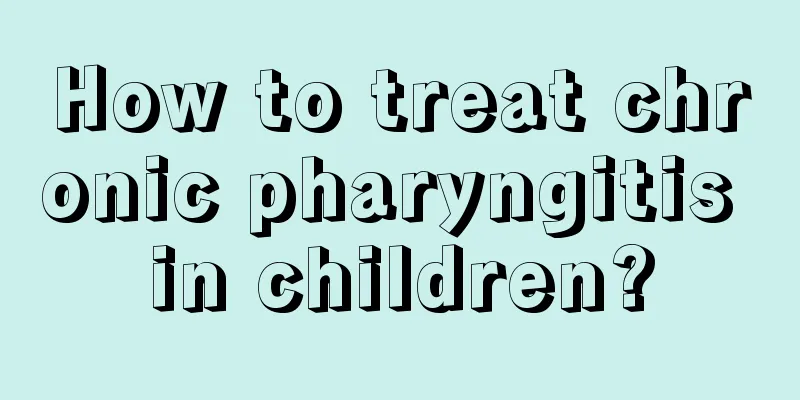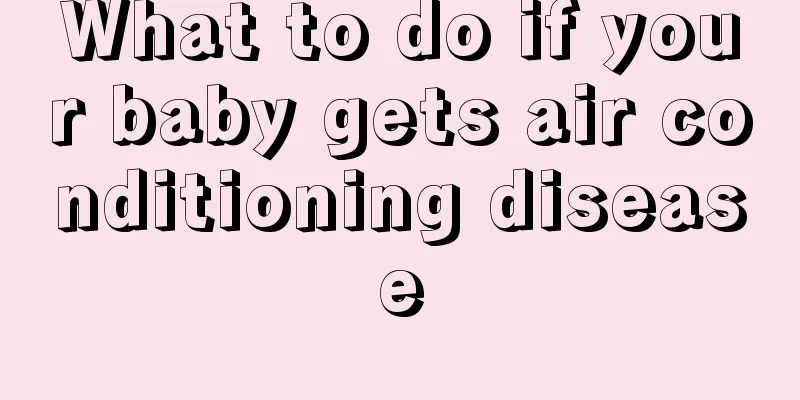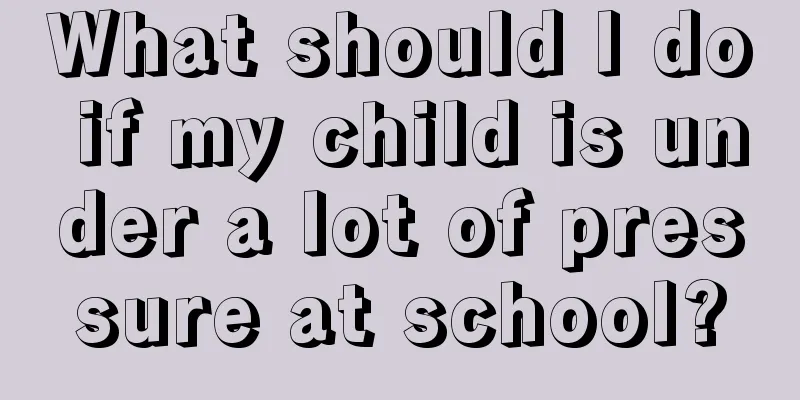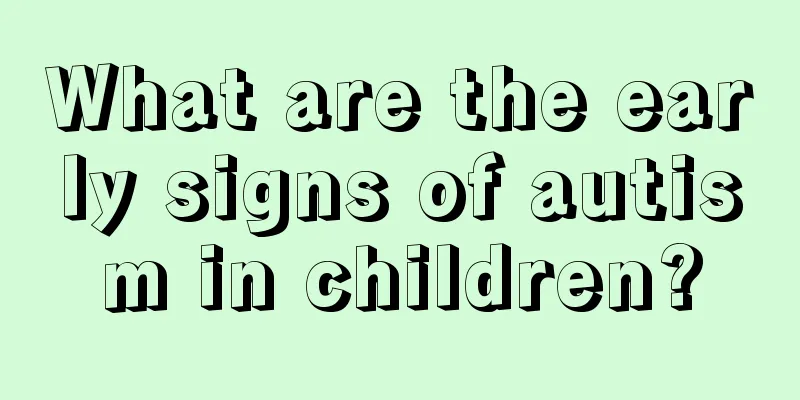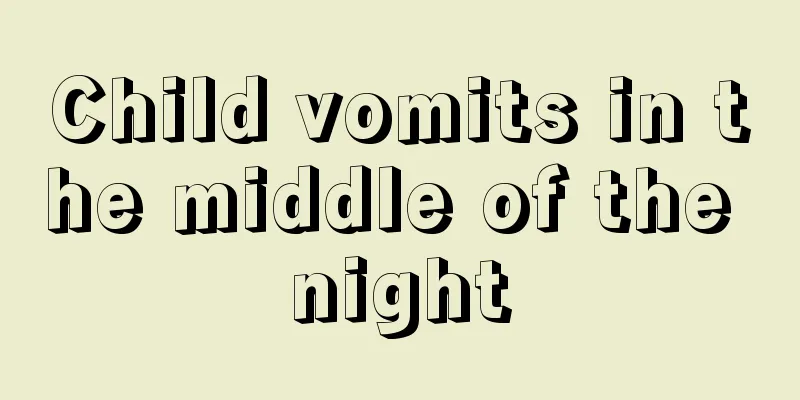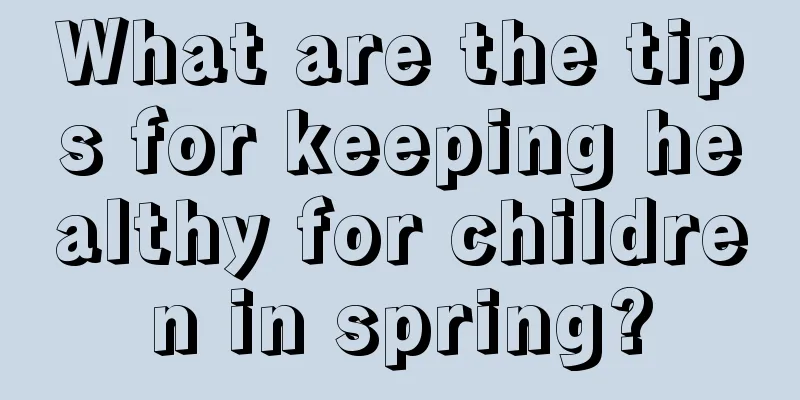What are the sequelae of children's fever and convulsions?
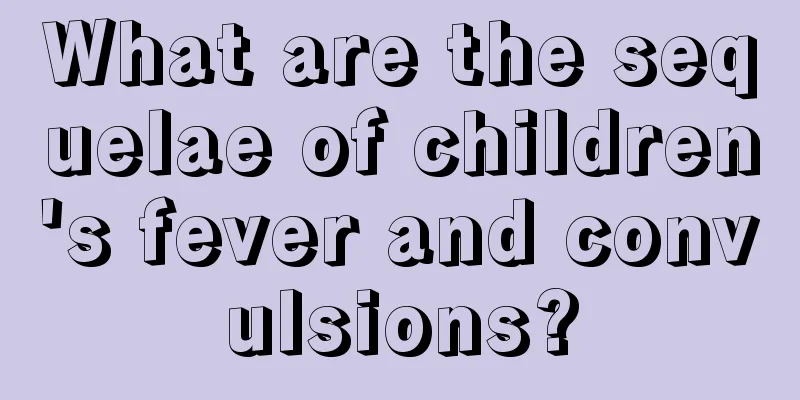
|
Some high-risk diseases often occur in children, such as high fever convulsions, which are relatively common. Family members must be vigilant and realize the seriousness of the problem. So what are the sequelae of children's fever and convulsions? If the high fever cannot be reduced in time, convulsions are likely to occur, and long-term repeated convulsions will also lead to other sequelae, so prevention should be strengthened. Among the survivors of neonatal seizures, 14% to 61% (average 20%) experience sequelae. The main manifestations are cerebral palsy, intellectual disability, epilepsy, and others include ataxia, hyperactivity, visual and auditory impairment, language impairment, mild brain dysfunction syndrome, etc. 1. Cerebral palsy Cerebral palsy is a syndrome characterized by non-progressive central nervous system motor dysfunction caused by various reasons. Factors related to the occurrence of cerebral palsy: ① The lower the Apagaf score 5 minutes after birth, the higher the incidence of cerebral palsy. Among children with neonatal convulsions who still need resuscitation after 5 minutes after birth, this item alone can indicate the possible occurrence of moderate or severe cerebral palsy. ②The longer the duration of neonatal seizures, the greater the possibility of cerebral palsy later. The incidence rate is 7% for those who have an attack for 1 day, and 46% for those who have an attack for more than 3 days will develop cerebral palsy. ③ Types of neonatal seizures: tonic seizures are more closely related to sequelae to cerebral palsy. ④ People with moderate or severe abnormal EEG are at high risk of developing cerebral palsy. 2. Intellectual Disability Intellectual disability left over after neonatal convulsion is related to the following factors: ① 45% of those with an Apgar score of 0 to 3 at 5 minutes after birth have intellectual disability; 33% of those with an Apgar score of 4 to 6 have intellectual disability; and only 11% of those with an Apgar score of 7 to 10 have intellectual disability. ② Infants who still require resuscitation 5 minutes after birth are at greater risk of developing intellectual disabilities. ③ Seizure duration exceeding 30 minutes, myotonia and myoclonic seizures in the neonatal period, and the duration of seizures are closely related to intellectual disability. 3. Epilepsy The incidence of sequelae of epilepsy is 11% for patients whose seizures last for 1 day, 22% for patients whose seizures last for 2 days, 25% for patients whose seizures last for 3 days, and 40% for patients whose seizures last for more than 3 days. Tonic convulsive seizures are closely related to sequelae of epilepsy. The above article gives a clear introduction to the sequelae of children's fever and convulsions. I believe everyone has a clear idea of it. Once sequelae occur, the consequences are disastrous. Therefore, family members need to keep track of their children's health status at all times and continue to help their children improve their body's immunity and resist the invasion and harm of various diseases. |
<<: What happens when a child has a fever and convulsions?
>>: What should I do if my child has a fever, convulsions and rolls his eyes?
Recommend
How to deal with children's language communication barriers?
If your child has a language communication disord...
What are the dietary treatments for children's sweating?
Parents are worried about children's sweating...
Can recurrent asthma in children be cured?
Asthma is a relatively common respiratory disease...
Is it okay for children to take a nap?
Is it good for children to take a nap? This quest...
Why does my baby love to sleep on his stomach?
Some of the baby's daily habits reflect the b...
Treatment of pediatric medulloblastoma: these methods are the most reliable
If a child is diagnosed with medulloblastoma, the...
What happens to children with meningitis?
Many parents will find that their children will i...
What should I do if my baby is allergic to medicine?
If the baby is sick, parents must not give the ba...
What should children drink to grow taller quickly?
In this era, the person with the highest status i...
What causes swelling of the lower eyelids in children?
Today's babies are the palms of their parents...
How soon can babies swim?
With the continuous improvement of living standar...
What should I do if a child has a shark fin stuck in his throat?
Everyone knows the many benefits of eating fish f...
What are the sequelae of a 5-year-old child having a fever and convulsions?
We all know that children will have resistance as...
What is the development standard for a baby at one year and eight months old?
Babies are the confidants of us parents, and the ...
What is the reason for the baby's earwax to smell?
Nowadays, people’s living environment is relative...
